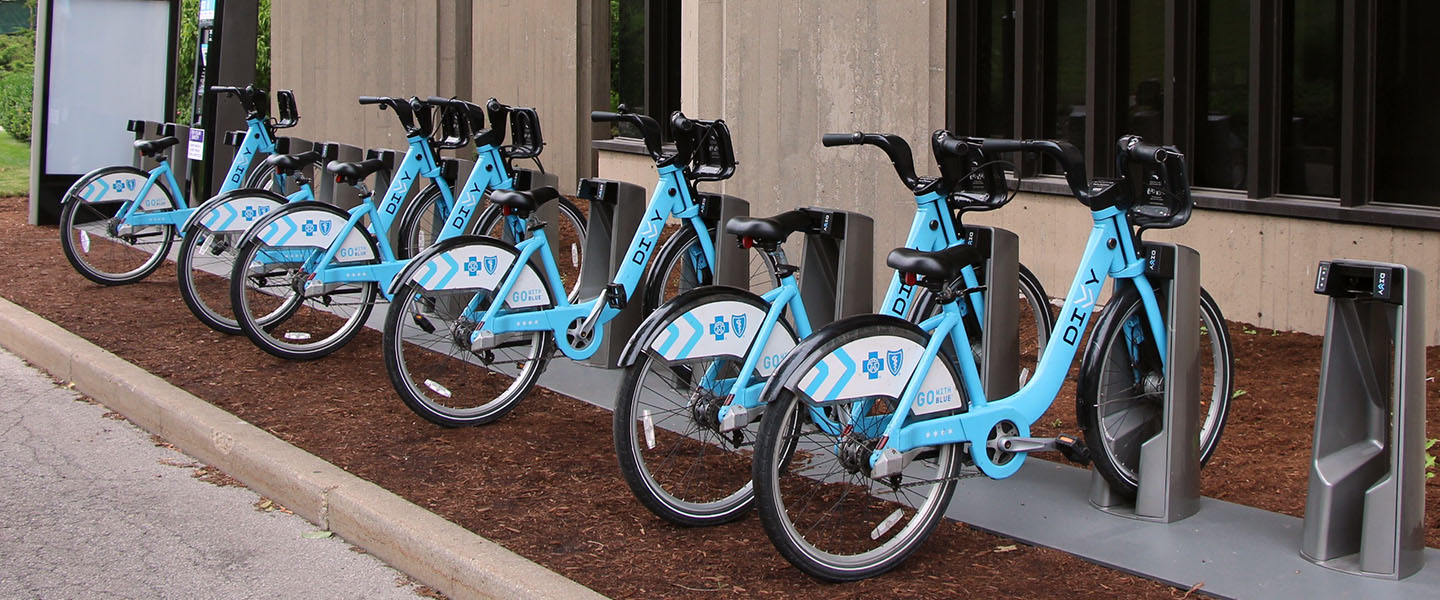
In this project, I utilized the 2019 Survey of Consumer Finances dataset to explore small business households using clustering & PCA.
Revealed unique subgroups, financial insights, and interactive data visualization.
Valuable for policymakers & researchers. Uncover the potential of small businesses!

This project involves developing a robust data-driven model leveraging machine learning techniques to predict the
likelihood of bankruptcy for companies. By analyzing various financial indicators and utilizing
advanced algorithms, the project offers insights into identifying early warning signs and
assessing bankruptcy risks.
This project contributes to proactive decision-making, risk mitigation, and financial stability
for stakeholders in the business and financial sectors.

This project involved building a classification model to predict severe damage in buildings during the 2015 Nepal earthquake.
The project utilized Python, SQL, and machine learning algorithms such as logistic regression and decision trees.

In this project, I work with air quality data from openAfrica, one of Africa's largest open data platforms.
I upload the data to a MongoDB database and query using Python. Then I use Pandas and other Python libraries to build an autoregressive time series model to predict PM 2.5 readings throughout the day in 2018.

In this project, I use Selenium to scrape real estate data from realtor.ca. Then I use Pandas and other Python libraries to process, analyze and build a machine learning model to predict house prices in Toronto.
In addition, the model is deployed with an interactive tool.

In this project, I use Google sheets to clean, analyse and create an interactive sales dashboard for the House of Electronics store. In addition, I used insights from my analysis to provide three (3) recommendations that would drive growth for the store.

In this case study, I examine all the Airbnb listings in Gauteng, South Africa for the past year as a proxy for the Airbnb listings in Lagos, Nigeria. The findings from the analysis will help develop recommendations to improve decision making in Silentrock

In this case study, fitbit data from 33 users was analyzed to understand how they use non-bellabeat smart devices. These insights are to be applied in the marketing campaign for the Bellabeat Leaf.

In this case study, I used historical bicycle trip data to determine differences in user behavior and discover why those differences exist. I was able to develop recommendations for an action plan to convert one user base to another based on my findings.








